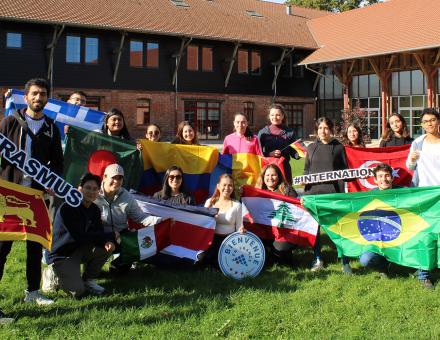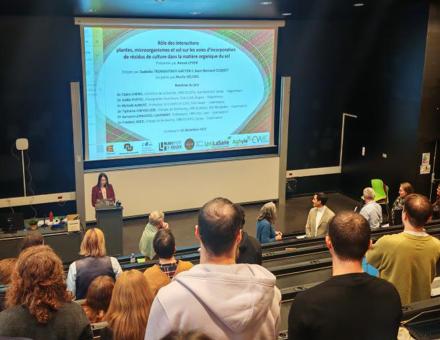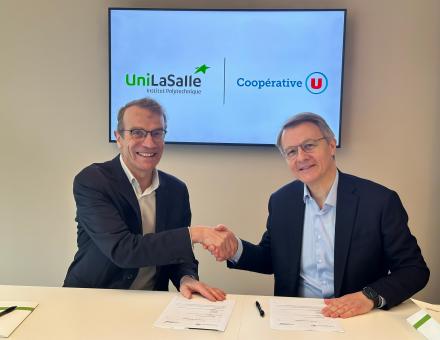In this context of energy and agro-ecological transitions, and more particularly of the development of methanization for the energy autonomy of the territories and their decarbonation, UniLaSalle, AgroTransfert - Ressources & Territoire and the Regional Chamber of Agriculture of Hauts-de-France, are today publishing a new practical guide for the management of Intermediate Crops for Energy Purposes (CIVE). This guide, entitled "Optimal management to supply methanization plants and produce sustainably", is intended for all players in the methanization sector in the region.
The result of several years of work
This guide is part of the project "AD'METHA: For a sustainable supply of agricultural methanizers by experimenting with innovative cropping systems" of the Rural Development Program (PDR) Picardy 2014-2020, launched in 2020 for a period of 3 years and which aims to assess the impact of cropping systems including crops dedicated to methanization on the sustainability of farms. To achieve this objective, agronomic trials were conducted in the Aisne, Oise and Somme regions on several cropping systems including different dedicated crops.
Keys to maximizing the methanogenic yield of CIVE
This report shows that the first factor that affects the yield of CIVE is their composition: immature cereals such as soft wheat stand out from the crowd by being able to reach 12 tons of dry matter per hectare. The methanogenic potential appears to be more or less the same between the different species of CIVE tested. To maximize the methane yield per hectare, it is therefore necessary to choose cover crops with high biomass production. Staggering the sowing and harvesting dates is also a lever to be used. However, the yield gain associated with a late harvest is greater than that of an early sowing.
Beware, however, that maximizing yield and harvesting winter CIVE late can have negative effects on the yield of the following crop. Indeed, in a dry year, the water consumption of the CIVE can cause losses on the following corn or sorghum crops.
These first results and more are available in the guide here.









